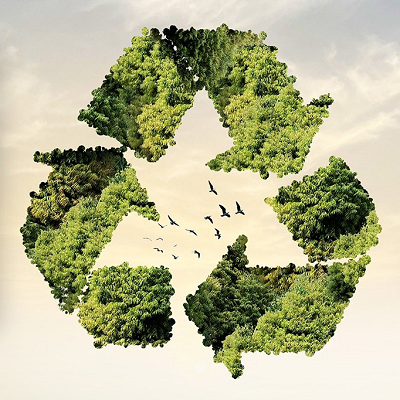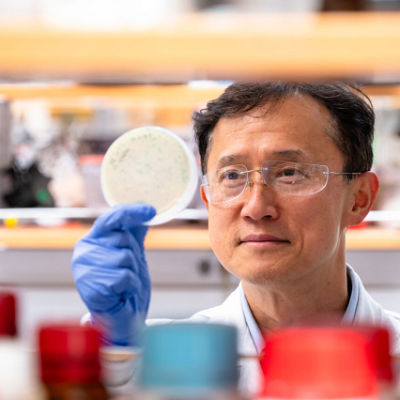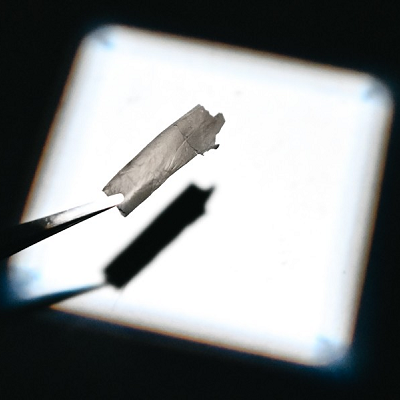A research group led by Prof. WAN Yinhua from the Institute of Process Engineering (IPE) of the Chinese Academy of Sciences (CAS) has developed a novel catalytic template assisted interfacial polymerization strategy to prepare a highly permeable acid-resistant nanofiltration (NF) membrane for acidic wastewater treatment.
This type of membrane shows high permeation for H+ while maintaining high retention for organics, which is beneficial to realizing "zero discharge" in strongly acidic organic wastewater reclamation. The study was published in the AIChE Journal on Jan. 14.
Commercially available NF membranes are commonly acid sensitive, showing poor performance and stability in acidic wastewater treatment.
Due to the low reactivity of acid-stable monomers, current acid-resistant NF membranes have extremely low permeability and low separation selectivity for H+/organics.
The researchers attempted to boost membrane permeability and improve separation layer homogeneity through a strategy to increase separation selectivity for H+/organics.
They synthesized aminopyridine-doped graphene quantum dot acylation catalysts, which co-loaded with ZIF-8 nanoparticles by in-situ growth as a sacrificial template on a porous substrate. Then the 3-aminobenzenesulfonamide with strong conjugation effect was selected as the aqueous monomer to react with trimesoyl chloride to fabricate the acid-resistant poly(amide-sulfonamide) network.
Benefiting from increased monomer reactivity and optimized phase integrity, the resulting ultra-thin membrane showed excellent water permeance (20.4 Lm-2h-1bar-1) with Na2SO4 rejection of 90.5%.
Due to its acid stable polysulfonamide backbone, low layer thickness and narrow pore size distribution, the membrane exhibited pigment/H+ selectivity superior to the commercial GE Duracid membrane at 8 wt% H2SO4 condition, even for real cane molasses acidic wastewater.

Improving the permeability and separation selectivity for H+/organics of a poly(amide-sulfonamide) acid-resistant nanofiltration membrane via a catalytic template assisted interfacial polymerization strategy
"Combining a conventional acylation catalyst with a novel nanoparticle carrier, we developed a new scalable strategy for synthesis of special separation membranes," said Prof. LUO Jianquan from IPE, corresponding author of the study. "Our work also offers a new horizon for utilizing more monomers with special structure for synthesis of functional polymers via interfacial polymerization method."
Read the original article on Chinese Academy of Sciences (CAS).







